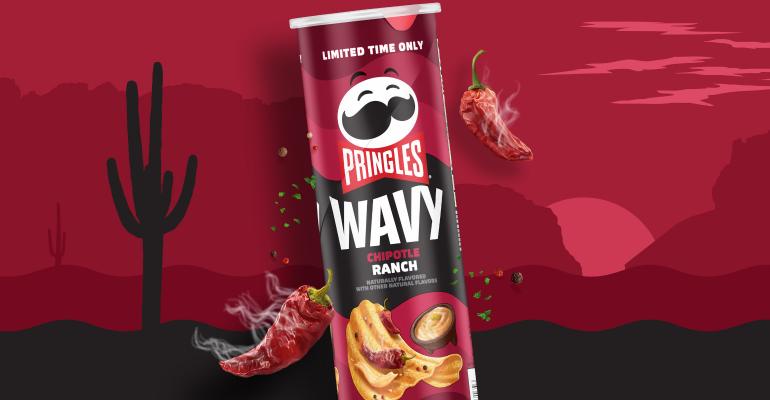A tighter focus on the separate businesses will enable each to “unlock their full potential.” What might this mean for packaging?
n June 21, two days ago, Kellogg announced it will be separating into three independent public companies, names to come later, so each can better focus on its specific business:
Global Snacking Co. — fueled by some of the company’s top brands, like Pringles, Nutri Grain, Town House, and Cheez-It. Estimated net annual sales: $11.4 billion.
North America Cereal Co. — the cereals you know and love, such as Kellogg’s Corn Flakes, Special K, and Kashi. Estimated net annual sales: $2.4 billion.
Plant Co. — anchored by the MorningStar Farms brand. Estimated net annual sales: $340 million. In the video, Kellogg Chairman/CEO Steve Cahillane admits one possibility is this company might then be sold.
According to Kellogg, the new companies “will all be leaders in their categories, and as standalone businesses, each will have an enhanced focus and will be better able to direct its resources toward its distinct strategic priorities, enabling all three to unlock their full potential.”
Kellogg anticipates that the cereal business might be the first to spin off; followed by the plant-based business. Both are expected to be complete by the end of 2023. In the press release, Kellogg explains that “The proposed spin-offs are intended to result in tax-free distributions of North America Cereal Co. and Plant Co. shares to Kellogg Co. shareowners.”
Plenty of opportunities for packaging staff.
What might this all mean for the brands’ packaging departments and the people working on centralized packaging functions that serve multiple brands, businesses, and/or locations?
A few more details first:
Locations will pretty much stay the same. North America Cereal Co. and Plant Co. will keep their headquarters in Battle Creek, Michigan. Global Snacking Co. will be headquartered in Chicago but will maintain dual campuses in Battle Creek and Chicago. The headquarters of Kellogg Co.’s three international regions — Europe, Latin America, and Asia/Middle East/Africa (AMEA) — will stay where they currently are. My take: Few employees will be left behind because they will not be asked to relocate.
Among the reasons for making this move now is that the separate companies will be better able to execute specific strategies with “increased agility and operational flexibility, enabling more focused allocation of capital and resources in a manner consistent with those strategic priorities.”
According to Cahillane, each new company will prioritize different goals. Because of these priorities, I see different potential impacts for each company’s packaging department:
• Global Snacking Co. plans to focus on building brands and emerging markets. My take: Significant investment in marketing could mean career opportunities in packaging research and development, as well as graphic design. Packaging projects could lean more toward innovation — smart packaging, for example — rather than optimization plans.
• North America Cereal Co. will concentrate on regaining market share and expanding profit margins, with long-term attention to productivity. My take: Look for packaging line optimization and potential investment in new equipment technologies.
• Plant Co. will focus on building awareness and penetration in North America, with international expansion in the future. My take: Remember, one possibility is that this company may be sold. Typically, that means making the balance sheet look as enticing as possible by maximizing profits. And that usually means fewer investment dollars (especially for capital expenditures) and a tightening on expenses. But that status quo would shift decidedly if ownership is maintained.
Additionally, one of the benefits being touted in the press release for Kellogg employees could be more rewarding career opportunities in the new companies. My take: Overall, there probably will be more opportunities for advancement for current staff, as well as more new positions as the Kellogg centralized packaging functions will need to be added at the new companies.
Because these changes will probably open opportunities for packaging professionals, I appreciate and understand Cahillane’s enthusiasm for the future: “After 116 years in business, how cool it is that our best days are absolutely in front of us.”
Source:
https://www.packagingdigest.com/food-packaging/kellogg-split-three-companies











